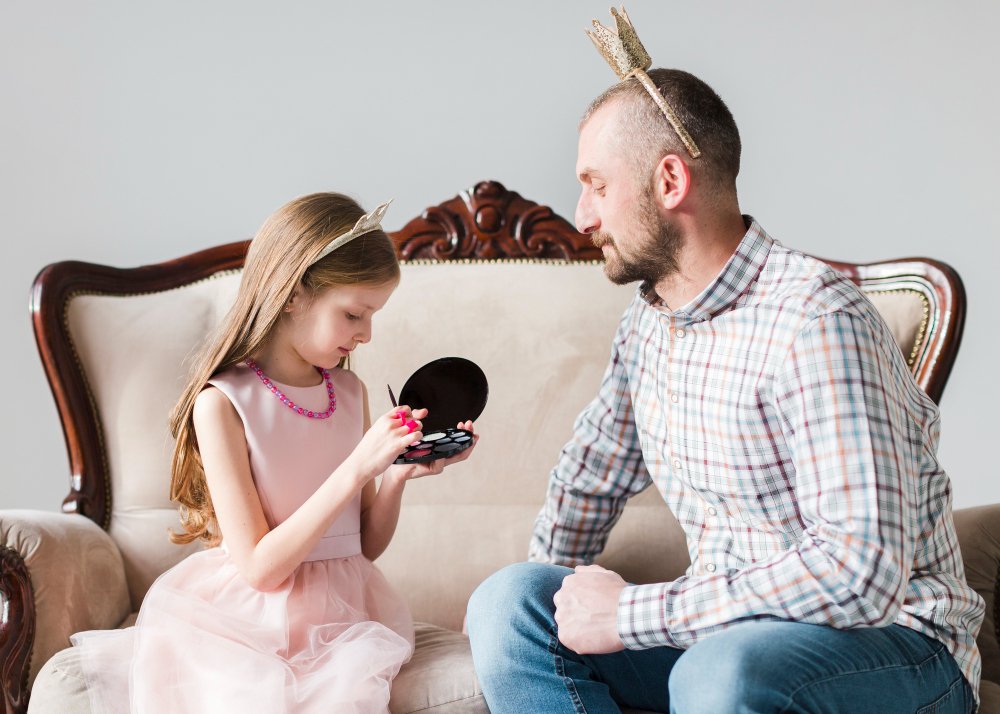CB Cotton Age and Height: A Comprehensive Guide for Farmers

Cotton is one of the most important cash crops globally, playing a vital role in the textile industry. Among the various cotton varieties, CB (Cultivated Bt) cotton has gained popularity due to its resistance to pests and higher yield potential. However, to maximize productivity, farmers must understand critical growth parameters such as CB cotton age and height at different stages.
This blog post explores the growth stages of CB cotton, the ideal plant height at each phase, factors influencing growth, and best agronomic practices to ensure a healthy crop.
Understanding CB Cotton Growth Stages
CB cotton, like other cotton varieties, undergoes several growth stages from germination to maturity. Monitoring the plant’s age and height at each stage helps farmers optimize irrigation, fertilization, and pest control.
1. Germination Stage (0-10 Days)
- Age: 0-10 days after sowing (DAS)
- Expected Height: 1-2 inches (2.5-5 cm)
- Key Features:
- Seed absorbs water and sprouts.
- Cotyledons (seed leaves) emerge.
- Roots begin developing.
Management Tips:
- Ensure proper soil moisture for quick germination.
- Avoid waterlogging, which can rot seeds.
2. Seedling Stage (10-25 Days)
- Age: 10-25 DAS
- Expected Height: 4-8 inches (10-20 cm)
- Key Features:
- True leaves develop.
- Root system expands.
- Plant establishes itself.
Management Tips:
- Protect seedlings from pests like aphids and thrips.
- Apply light nitrogen fertilizer to boost early growth.
3. Vegetative Growth Stage (25-60 Days)
- Age: 25-60 DAS
- Expected Height: 12-36 inches (30-90 cm)
- Key Features:
- Rapid stem and leaf growth.
- Branches start forming.
- Plant prepares for flowering.
Management Tips:
- Ensure adequate nitrogen for leaf development.
- Monitor for pests like whiteflies and bollworms.
4. Flowering and Boll Formation Stage (60-90 Days)
- Age: 60-90 DAS
- Expected Height: 36-60 inches (90-150 cm)
- Key Features:
- Flowers (squares) appear.
- Pollination occurs, leading to boll formation.
- Peak nutrient demand.
Management Tips:
- Increase potassium and phosphorus for boll development.
- Control pests like pink bollworm (Bt cotton is resistant but monitor).
5. Boll Maturation and Harvest Stage (90-150 Days)
- Age: 90-150 DAS
- Expected Height: 48-72 inches (120-180 cm)
- Key Features:
- Bolls ripen and burst open.
- Fibers mature, ready for picking.
- Leaves may yellow and shed.
Management Tips:
- Stop irrigation to promote boll opening.
- Harvest when 60-70% bolls have opened.
Factors Affecting CB Cotton Age and Height
Several factors influence how CB cotton grows in terms of age and height:
1. Soil Quality
- Well-drained, loamy soil with good organic matter supports healthy growth.
- Poor soil can stunt plant height and delay maturity.
2. Climate and Temperature
- Cotton thrives in 25-35°C.
- Extreme heat or cold slows growth.
3. Water Availability
- Consistent moisture is crucial, especially during flowering.
- Drought stress reduces plant height and yield.
4. Nutrient Management
- Nitrogen (N) promotes vegetative growth.
- Phosphorus (P) strengthens roots.
- Potassium (K) improves boll development.
5. Pest and Disease Control
- Even Bt cotton needs monitoring for secondary pests.
- Diseases like Fusarium wilt can reduce plant vigor.
6. Plant Spacing
- Optimal spacing (30-45 cm between plants) prevents overcrowding and ensures proper height.
Best Practices for Optimizing CB Cotton Growth
To achieve the best age and height ratio for maximum yield, follow these best practices:
1. Select High-Quality Seeds
- Use certified CB cotton seeds with high germination rates.
2. Timely Sowing
- Plant at the onset of the warm season (varies by region).
3. Proper Irrigation
- Drip irrigation saves water and ensures uniform growth.
- Avoid water stress during flowering.
4. Balanced Fertilization
- Conduct soil tests before applying fertilizers.
- Use NPK in the right ratios (e.g., 100:50:50 kg/ha).
5. Weed Control
- Weeds compete for nutrients, affecting cotton height.
- Use mulching or herbicides as needed.
6. Pest and Disease Management
- Monitor for sucking pests (aphids, jassids).
- Use integrated pest management (IPM) techniques.
7. Pruning and Training (If Needed)
- Remove unnecessary branches to direct energy toward bolls.
Common Challenges in CB Cotton Cultivation
Despite its advantages, CB cotton farmers face some challenges:
1. Delayed Growth Due to Poor Weather
- Cold snaps or excessive rain can slow plant development.
2. Secondary Pest Attacks
- While Bt cotton resists bollworms, other pests (e.g., whiteflies) may thrive.
3. Over-Fertilization
- Excess nitrogen leads to excessive vegetative growth but fewer bolls.
4. Soil Degradation
- Continuous cotton farming depletes soil nutrients.
Conclusion
Understanding CB cotton age and height is crucial for maximizing yield and ensuring healthy crop development. By monitoring growth stages, optimizing irrigation and fertilization, and managing pests effectively, farmers can achieve higher productivity and profitability.
Whether you’re a new or experienced cotton farmer, applying these best practices will help you grow strong, high-yielding CB cotton plants with the right balance of age and height.



















